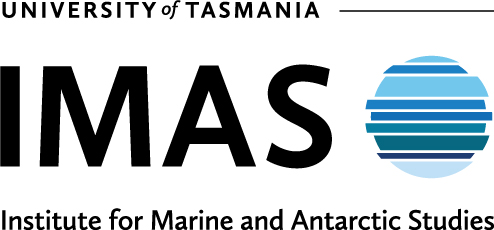Fishery Management
The Tasmanian Marine Plant fishery is managed by NRE Tas under the provisions of the Living Marine Resources Management Act 1995 and the Fisheries (Marine Plant) Rules 2017. It is supported by the Marine Plant Fishery Policy, which includes fishing zone maps and a kelp harvester’s guide to Tasmanian coastal birds found at harvest locations. The fishery involves two sectors: the beach-cast Bull Kelp collection and the dive collection of the invasive Undaria pinnatifida. Strict licensing conditions are in place, limiting access to the fishery and specifying areas that can be harvested. Harvesting is restricted to 50% of available beach-cast kelp per location, and ecological considerations, such as the nesting of shorebirds, affect access in some regions, especially on King Island.
The beach-cast Bull Kelp plays an important ecological role, as beach wrack provides habitat and food for a variety of species. However, the fishery aims to mitigate ecological impact through hand-harvesting techniques, selective collection, and restrictions on the areas and times of harvest. According to the most recent assessment of the fishery, there is a lack of formal assessment and monitoring of the available biomass of beach-cast Bull Kelp. Despite relatively stable harvest levels over the years, there are concerns about future demand impacting sustainability, with NRE Tas tasked with monitoring harvest rates and adjusting management strategies accordingly.
Details on the current management controls for the Tasmanian Marine Plant Fishery are provided on the Department of Natural Resources and Environment (NRE, Tas) website at the link:



